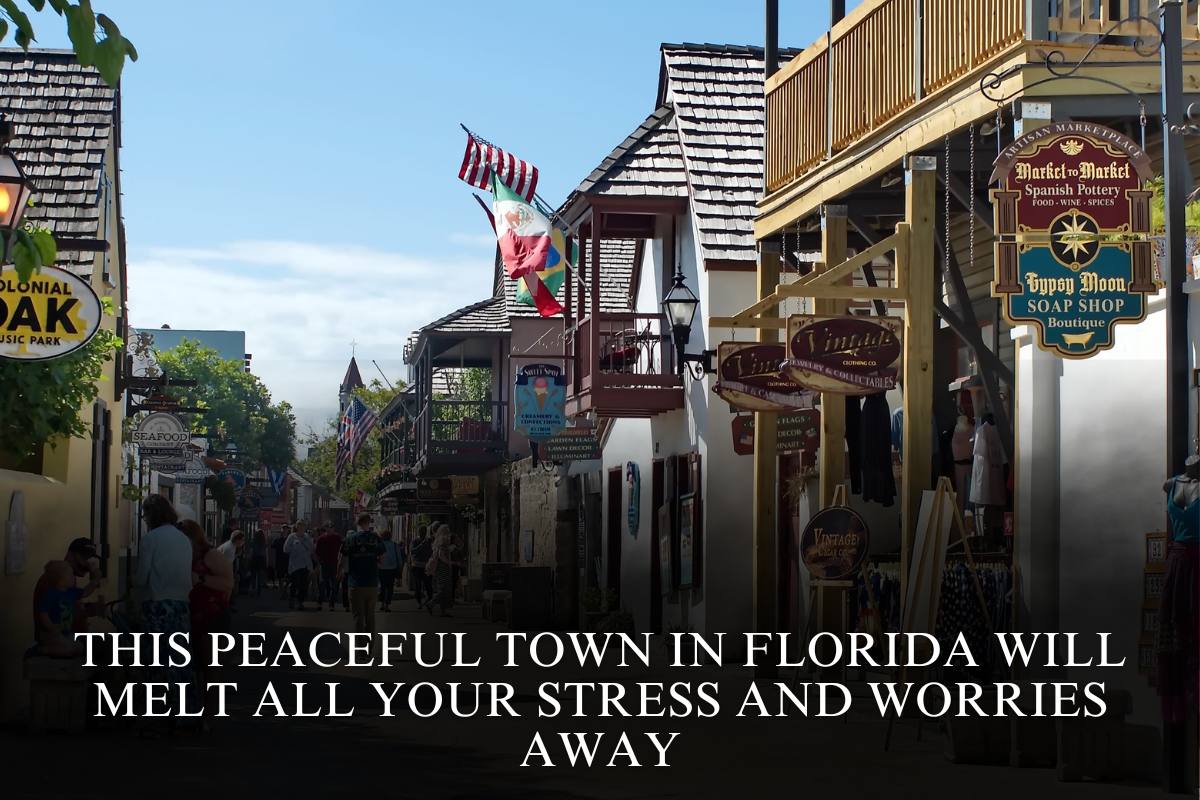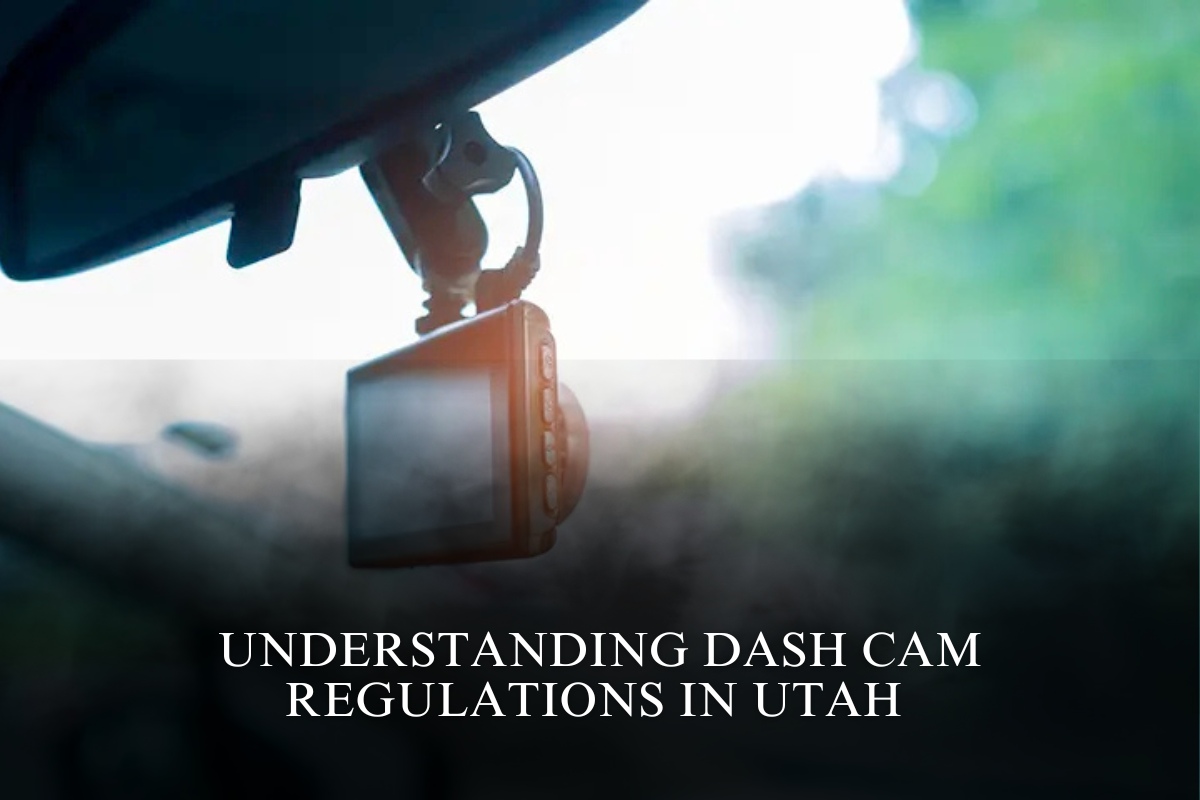A powerful storm system is rapidly sweeping across the central and eastern United States, triggering urgent weather warnings—including a severe thunderstorm warning for parts of western New York and an expanding tornado alert reaching into the Midwest, now affecting major cities like Omaha, Nebraska, and Des Moines, Iowa.
Current Danger Zones:
According to the National Weather Service (NWS):
- A Thunderstorm Warning remains in effect for Genesee, Livingston, Monroe, and Wyoming counties in western New York.
- A Tornado Alert is now active across western New York, parts of New Jersey, Pennsylvania, and stretching further west and south into areas of the Midwest and Southern Plains, including Iowa and Nebraska.
Though the chance of a tornado forming remains relatively low, weather experts emphasize that the atmosphere is extremely unstable, with fast-moving storm cells capable of intensifying without warning.
“The storm that initially prompted the warning has weakened below severe levels, but the environment remains volatile. New storms may develop quickly,” the NWS warned.
Lightning & Tornado Safety – What You Need to Know
Lightning remains one of the most deadly weather threats in the U.S., responsible for about 20 fatalities annually and striking the ground over 25 million times a year.
With intense thunderstorms looming near Omaha, Des Moines, and throughout affected regions, here’s how to stay protected:
BEFORE & DURING THE STORM:
- Create a shelter-in-place plan and ensure your devices are charged.
- If you hear thunder, go indoors immediately—you’re within striking distance.
- Stay away from lakes, parks, rooftops, or open fields.
ONCE INDOORS:
- Avoid corded phones, electronics, and plumbing (showers, sinks).
- Stay away from windows and doors—lightning can travel through wiring.
- Wait at least 30 minutes after the last thunder before going back outside.
Caught Outdoors in Omaha or Des Moines? Do This:
If you’re outdoors—whether hiking near Loess Hills, tailgating before a game, or walking in a park—and can’t get indoors, take these precautions:
- Avoid hills, ridgelines, or isolated tall trees.
- Find low ground like a ditch or valley (but avoid flood-prone spots).
- Stay clear of metal fences, bicycles, or anything that conducts electricity.
- In groups, spread out to avoid multiple injuries from a single strike.
Driving Through Storms? Safety Tips for the Road
As storms target Interstates 29, 80, and 35, travel may become treacherous due to reduced visibility, flooding, and wind-blown debris. Here’s how to stay safe:
- Avoid underpasses, low bridges, and flood-prone intersections.
- Extend your following distance to improve reaction time.
- Do not slam the brakes—slow down gradually.
- Use headlights, not high beams, and disable cruise control.
- Pull over safely at a rest stop if visibility drops dangerously low.
- Keep hazard lights on if you stop, and remain in your vehicle.
Be Storm-Ready
Whether you’re in western New York, the Midwest, or high-risk cities like Omaha and Des Moines, dangerous weather can develop in minutes. Stay ahead of the storm:
- Enable emergency alerts on your phone.
- Follow real-time forecasts from the National Weather Service.
- Keep emergency supplies like water, flashlights, and first aid on hand.
A few minutes of preparation can make the difference between safety and serious danger. Don’t wait—take action now.












